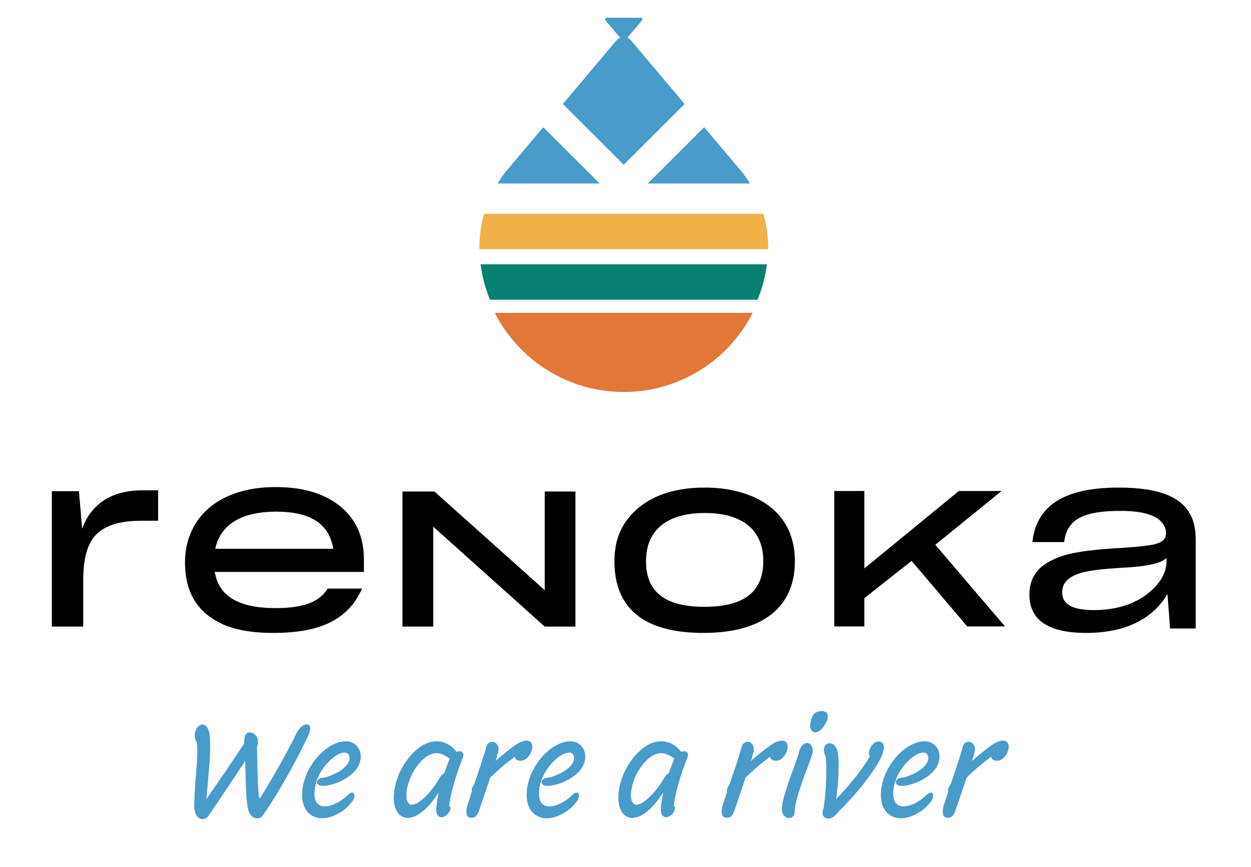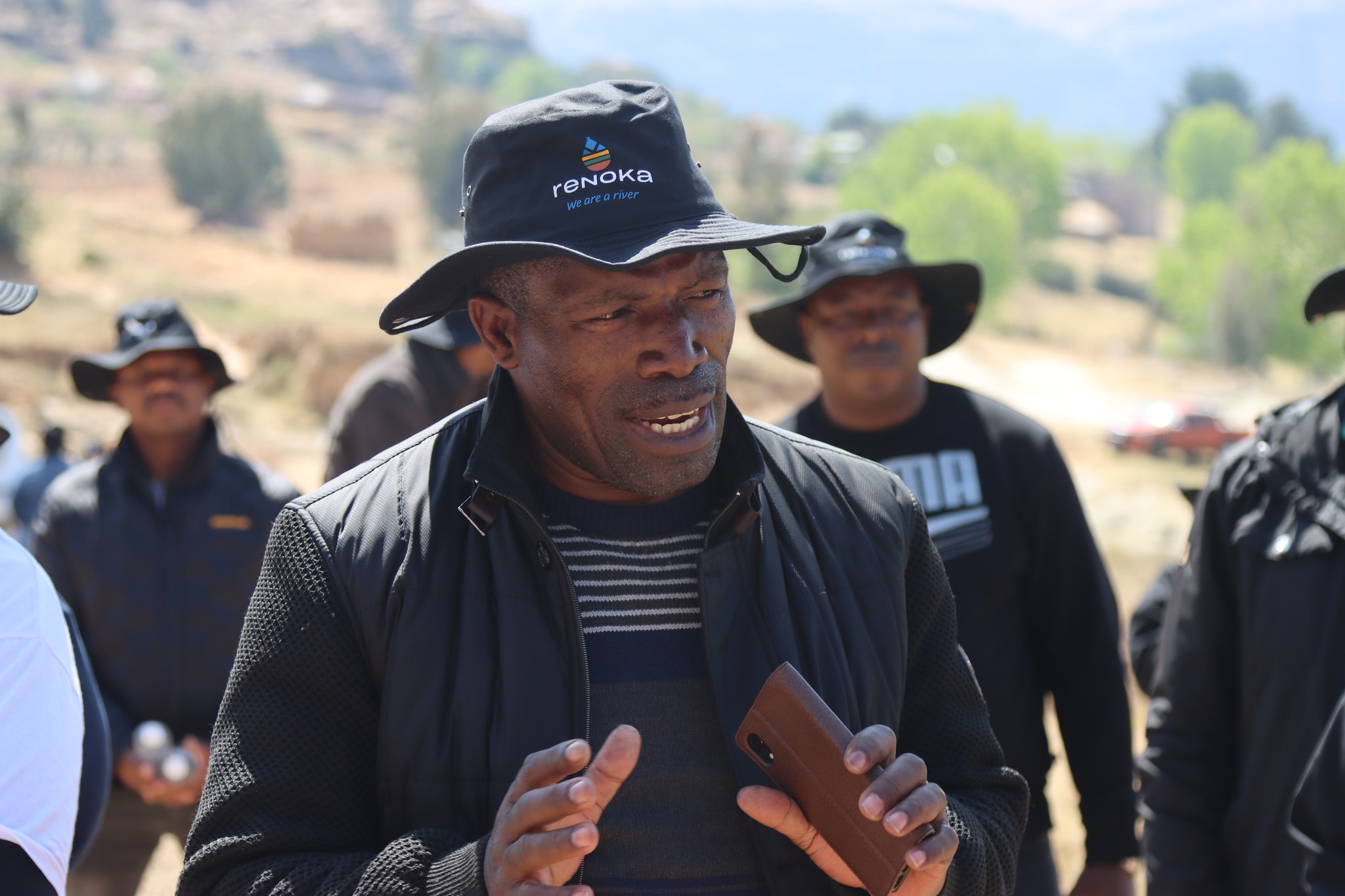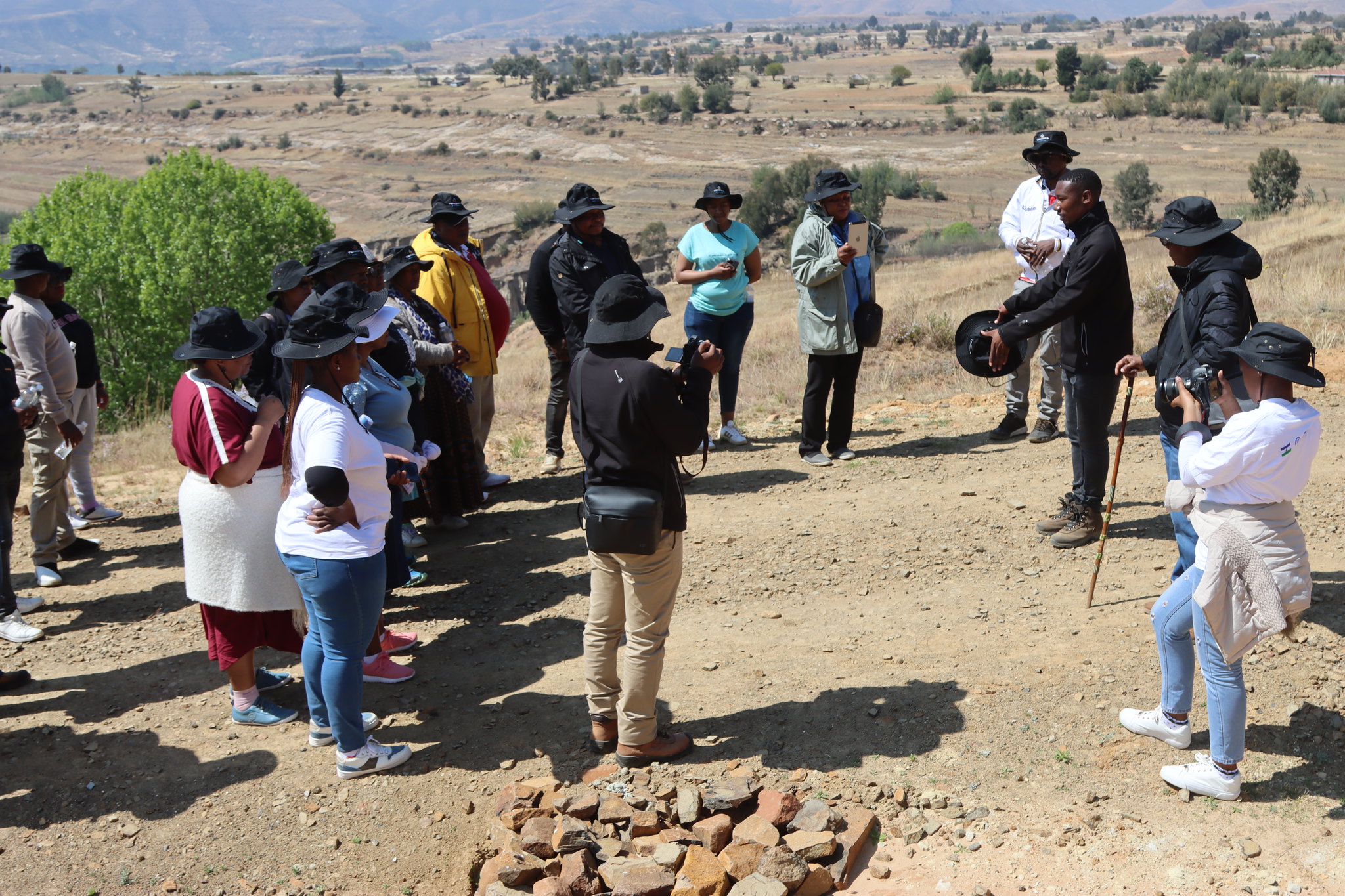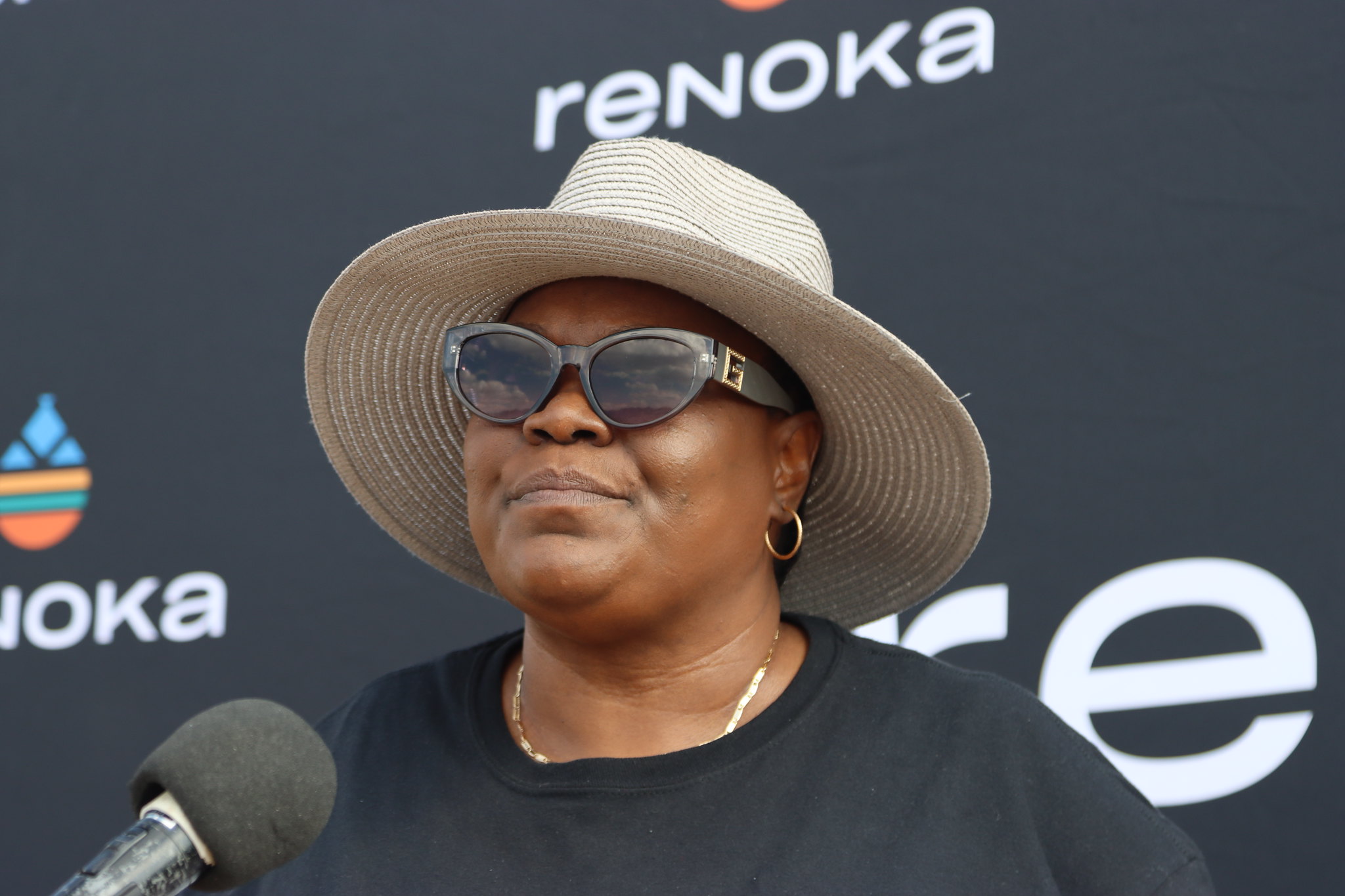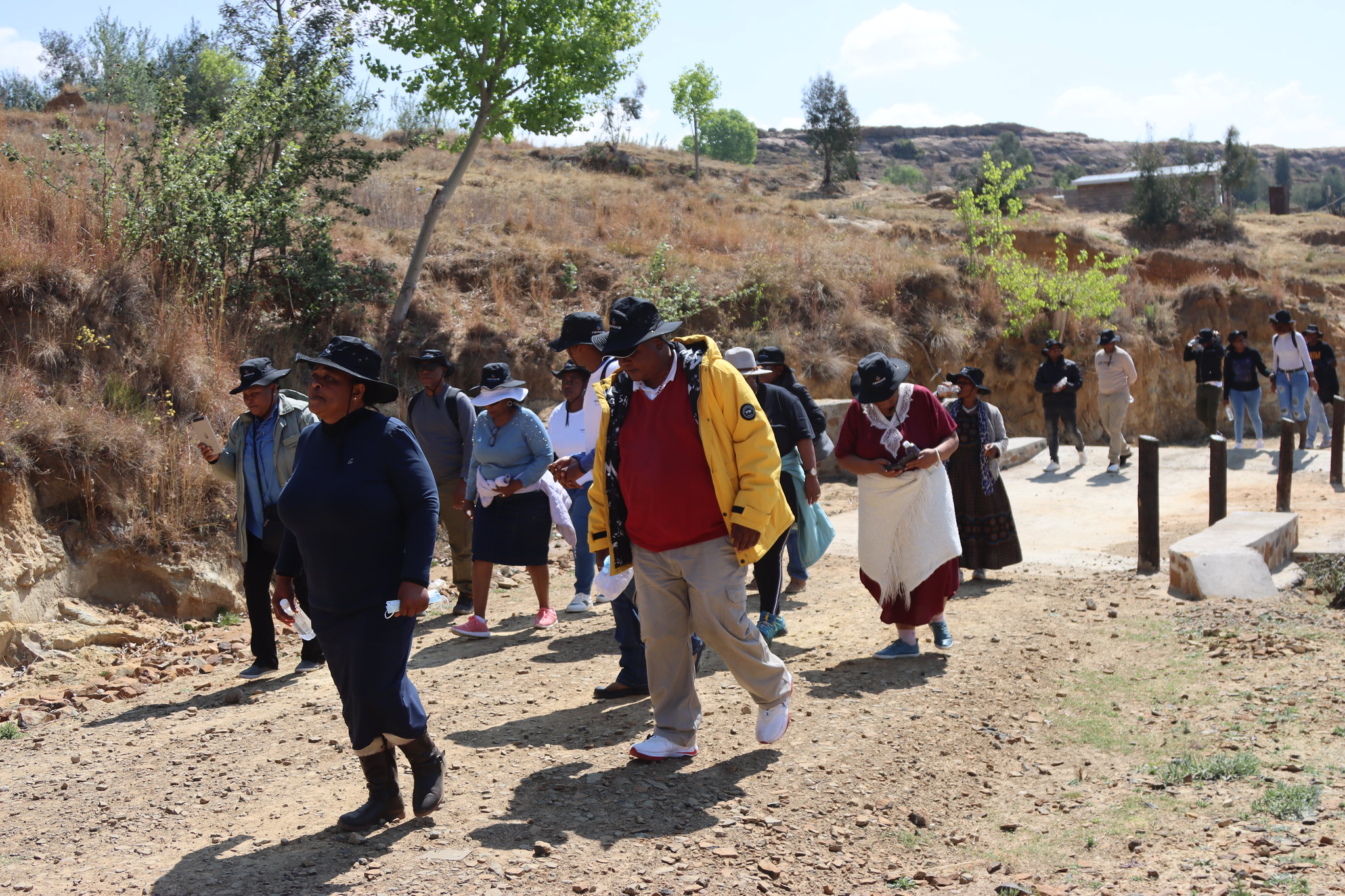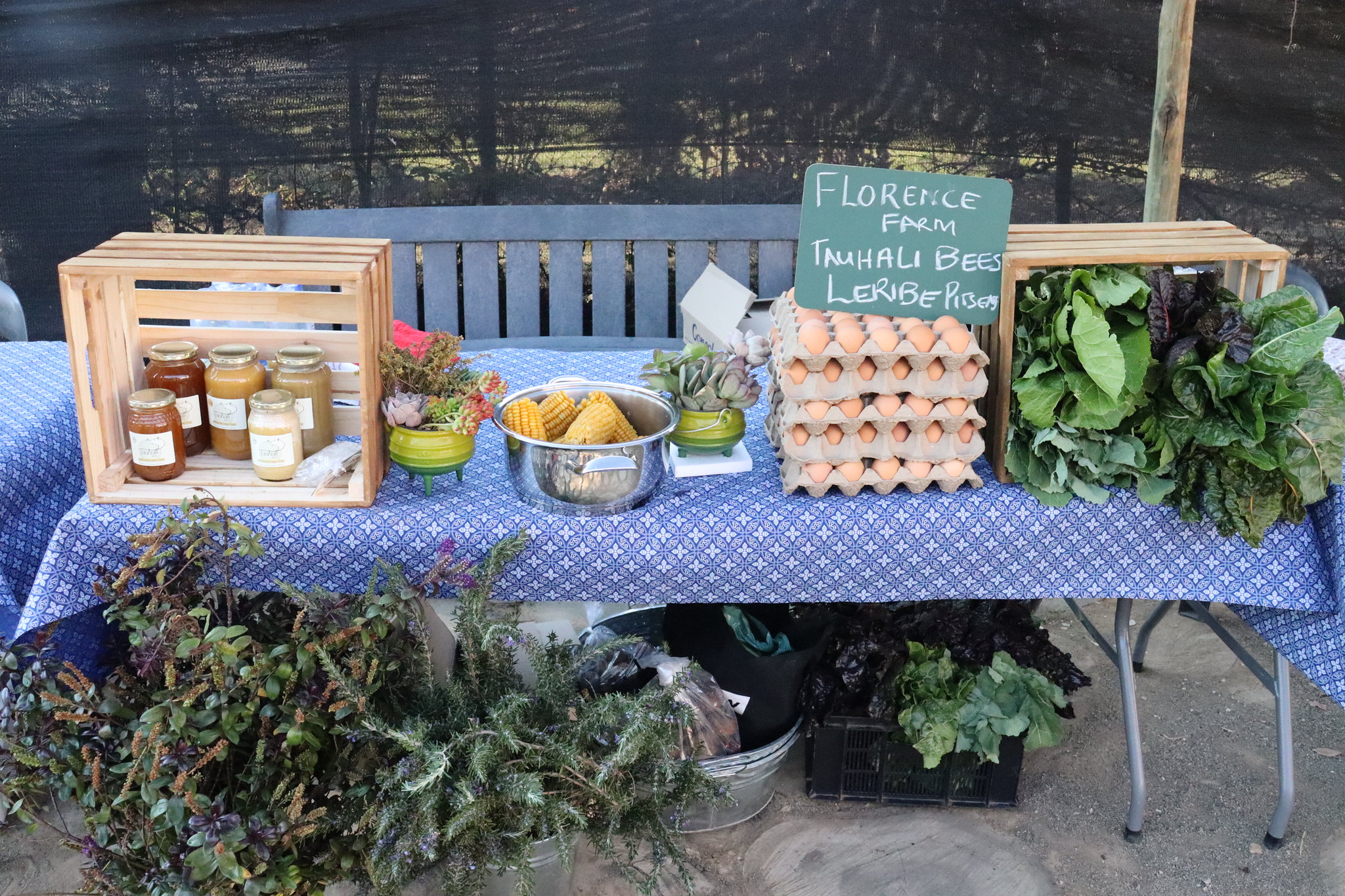Resources
Browse through our library of useful resources
News
Explore the latest initiatives, challenges, milestones, and deals associated with ReNOKA and ICM in Southern Africa.
-
Story 01The ReNOKA story through a heritage lensThe world-renowned Basotho tribal blankets have a deep cultural significance and history. They are unique in terms of the layout of the design, the various symbols used, the bold colour combinations and the characteristic pin-stripe.Read the story
-
Story 02Traditional meets contemporary in ReNOKA shweshweShweshwe is one of the most iconically Southern African fabrics. Like ReNOKA, it marries traditional with contemporary.Read her story
Reports & Publications
We have a responsibility to safeguard the health, productivity and sustainability of our catchments as our very lives depend on them. Learn more about Integrated Catchment Management (ICM) in Southern Africa by perusing through or downloading the reports and publications uploaded here for your convenience.
-
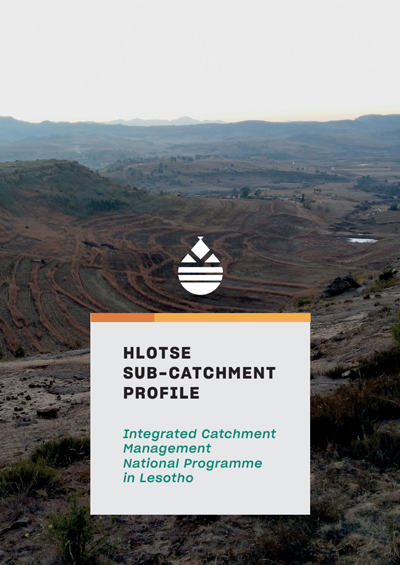 The Hlotse sub-catchment is in the Leribe District within the middle Caledon catchment area, towards the northern part of Lesotho. The western part of the area is relatively flat (lowlands), progressively getting mountainous (foothills) towards its eastern border. The Hlotse sub-catchment covers 35 821 hectares in area and is mostly rural. Of interest is the Tsehlanyane National Park.
The Hlotse sub-catchment is in the Leribe District within the middle Caledon catchment area, towards the northern part of Lesotho. The western part of the area is relatively flat (lowlands), progressively getting mountainous (foothills) towards its eastern border. The Hlotse sub-catchment covers 35 821 hectares in area and is mostly rural. Of interest is the Tsehlanyane National Park. -
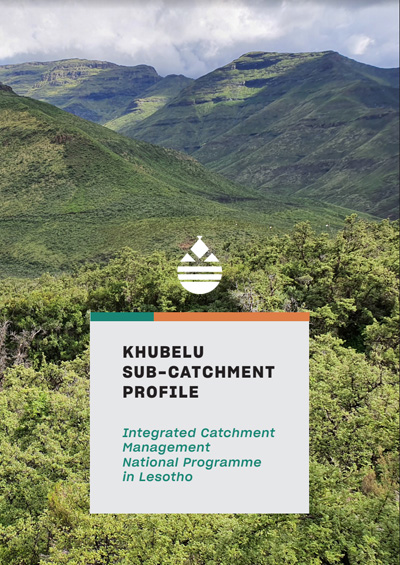 The Hlotse sub-catchment is in the Leribe District within the middle Caledon catchment area, towards the northern part of Lesotho. The western part of the area is relatively flat (lowlands), progressively getting mountainous (foothills) towards its eastern border. The Hlotse sub-catchment covers 35 821 hectares in area and is mostly rural. Of interest is the Tsehlanyane National Park.
The Hlotse sub-catchment is in the Leribe District within the middle Caledon catchment area, towards the northern part of Lesotho. The western part of the area is relatively flat (lowlands), progressively getting mountainous (foothills) towards its eastern border. The Hlotse sub-catchment covers 35 821 hectares in area and is mostly rural. Of interest is the Tsehlanyane National Park. -
 The Hlotse sub-catchment is in the Leribe District within the middle Caledon catchment area, towards the northern part of Lesotho. The western part of the area is relatively flat (lowlands), progressively getting mountainous (foothills) towards its eastern border. The Hlotse sub-catchment covers 35 821 hectares in area and is mostly rural. Of interest is the Tsehlanyane National Park.
The Hlotse sub-catchment is in the Leribe District within the middle Caledon catchment area, towards the northern part of Lesotho. The western part of the area is relatively flat (lowlands), progressively getting mountainous (foothills) towards its eastern border. The Hlotse sub-catchment covers 35 821 hectares in area and is mostly rural. Of interest is the Tsehlanyane National Park. -
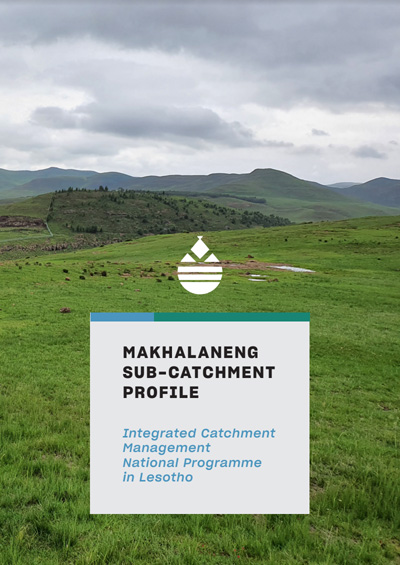 The Hlotse sub-catchment is in the Leribe District within the middle Caledon catchment area, towards the northern part of Lesotho. The western part of the area is relatively flat (lowlands), progressively getting mountainous (foothills) towards its eastern border. The Hlotse sub-catchment covers 35 821 hectares in area and is mostly rural. Of interest is the Tsehlanyane National Park.
The Hlotse sub-catchment is in the Leribe District within the middle Caledon catchment area, towards the northern part of Lesotho. The western part of the area is relatively flat (lowlands), progressively getting mountainous (foothills) towards its eastern border. The Hlotse sub-catchment covers 35 821 hectares in area and is mostly rural. Of interest is the Tsehlanyane National Park. -
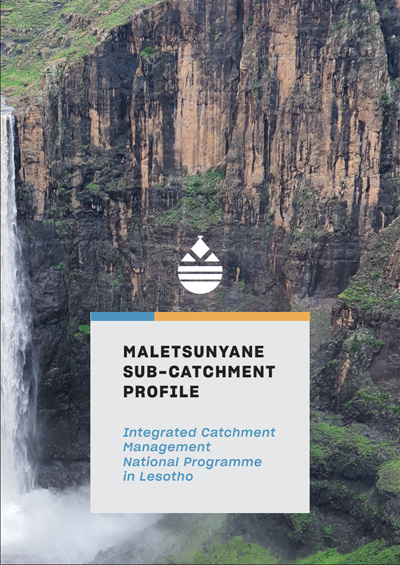 The Hlotse sub-catchment is in the Leribe District within the middle Caledon catchment area, towards the northern part of Lesotho. The western part of the area is relatively flat (lowlands), progressively getting mountainous (foothills) towards its eastern border. The Hlotse sub-catchment covers 35 821 hectares in area and is mostly rural. Of interest is the Tsehlanyane National Park.
The Hlotse sub-catchment is in the Leribe District within the middle Caledon catchment area, towards the northern part of Lesotho. The western part of the area is relatively flat (lowlands), progressively getting mountainous (foothills) towards its eastern border. The Hlotse sub-catchment covers 35 821 hectares in area and is mostly rural. Of interest is the Tsehlanyane National Park. -
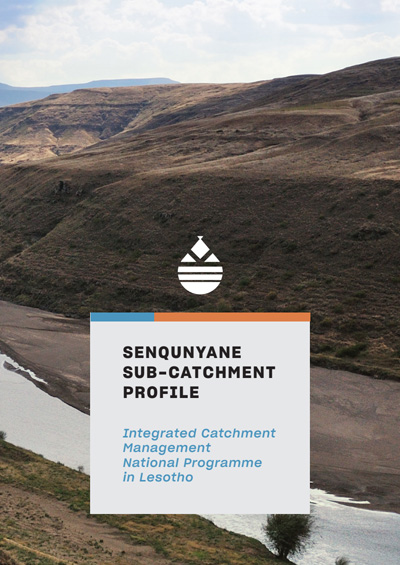 The Hlotse sub-catchment is in the Leribe District within the middle Caledon catchment area, towards the northern part of Lesotho. The western part of the area is relatively flat (lowlands), progressively getting mountainous (foothills) towards its eastern border. The Hlotse sub-catchment covers 35 821 hectares in area and is mostly rural. Of interest is the Tsehlanyane National Park.
The Hlotse sub-catchment is in the Leribe District within the middle Caledon catchment area, towards the northern part of Lesotho. The western part of the area is relatively flat (lowlands), progressively getting mountainous (foothills) towards its eastern border. The Hlotse sub-catchment covers 35 821 hectares in area and is mostly rural. Of interest is the Tsehlanyane National Park.
Media Resources
Members of the press and the general public who are interested in our media resources are welcome to download press releases and images at their discretion. All images are licensed as per CC-BY-SA. Those who wish to make queries, give insights or book interviews, please contact us on hello@renoka.org.
Users have permission to download, remix, adapt, and build upon the media contained here for non-commercial purposes. However, ReNOKA and the photographer must be acknowledged and you are not obligated to license your derived works on the same terms. If you would like to include your images in this library, please contact us on hello@renoka.org.
